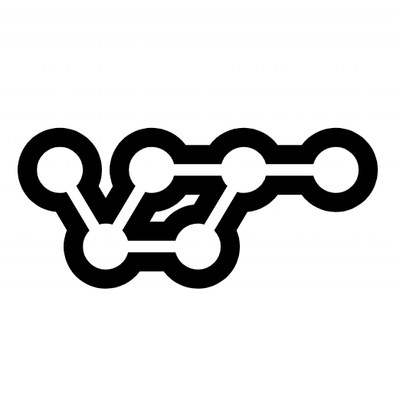
Security News
vlt Launches "reproduce": A New Tool Challenging the Limits of Package Provenance
vlt's new "reproduce" tool verifies npm packages against their source code, outperforming traditional provenance adoption in the JavaScript ecosystem.
react-native-gvr
Advanced tools
$ npm install react-native-gvr --save
$ react-native link react-native-gvr
Libraries ➜ Add Files to [your project's name]node_modules ➜ react-native-gvr and add RNGvr.xcodeprojlibRNGvr.a to your project's Build Phases ➜ Link Binary With LibrariesCmd+R)<android/app/src/main/java/[...]/MainActivity.javaimport com.reactlibrary.RNGvrPackage; to the imports at the top of the filenew RNGvrPackage() to the list returned by the getPackages() methodandroid/settings.gradle:
include ':react-native-gvr'
project(':react-native-gvr').projectDir = new File(rootProject.projectDir, '../node_modules/react-native-gvr/android')
android/app/build.gradle:
compile project(':react-native-gvr')
Copy ./node_modules/react-native-gvr/pod_post_install.sh to ios folder
Create a Podfile in ios folder
target 'myProject' do
pod 'GVRSDK'
# Your 'node_modules' directory is probably in the root of your project,
# but if not, adjust the `:path` accordingly
pod 'React', :path => '../node_modules/react-native', :subspecs => [
'Core',
'RCTActionSheet',
'RCTAnimation',
'RCTGeolocation',
'RCTImage',
'RCTLinkingIOS',
'RCTNetwork',
'RCTSettings',
'RCTText',
'RCTVibration',
'RCTWebSocket',
'BatchedBridge',
'DevSupport' # Include this to enable In-App Devmenu if RN >= 0.43
# Add any other subspecs you want to use in your project
]
# Explicitly include Yoga if you are using RN >= 0.42.0
pod 'Yoga', :path => '../node_modules/react-native/ReactCommon/yoga'
# Execute every pod install
post_install do |installer|
system(". ./pod_post_install.sh")
end
end
Still in ios folder install pods locally
pod install
pod update
myProject.xcworkspace and under myProject > Build Settings under Build Options set ENABLE BITCODE to NO./android/app/build.gradle then set minSdkVersion 19import { VideoView } from 'react-native-gvr'
<VideoView
style={{ height: 300, width: 200 }}
source={{
uri: 'https://raw.githubusercontent.com/googlevr/gvr-ios-sdk/master/Samples/VideoWidgetDemo/resources/congo.mp4',
type: 'mono'
}}
displayMode={'embedded'}
volume={1}
enableFullscreenButton
enableCardboardButton
enableTouchTracking
hidesTransitionView
enableInfoButton={false}
/>
FAQs
A bridge of react-native with google vr
The npm package react-native-gvr receives a total of 1 weekly downloads. As such, react-native-gvr popularity was classified as not popular.
We found that react-native-gvr demonstrated a not healthy version release cadence and project activity because the last version was released a year ago. It has 1 open source maintainer collaborating on the project.
Did you know?

Socket for GitHub automatically highlights issues in each pull request and monitors the health of all your open source dependencies. Discover the contents of your packages and block harmful activity before you install or update your dependencies.

Security News
vlt's new "reproduce" tool verifies npm packages against their source code, outperforming traditional provenance adoption in the JavaScript ecosystem.

Research
Security News
Socket researchers uncovered a malicious PyPI package exploiting Deezer’s API to enable coordinated music piracy through API abuse and C2 server control.

Research
The Socket Research Team discovered a malicious npm package, '@ton-wallet/create', stealing cryptocurrency wallet keys from developers and users in the TON ecosystem.